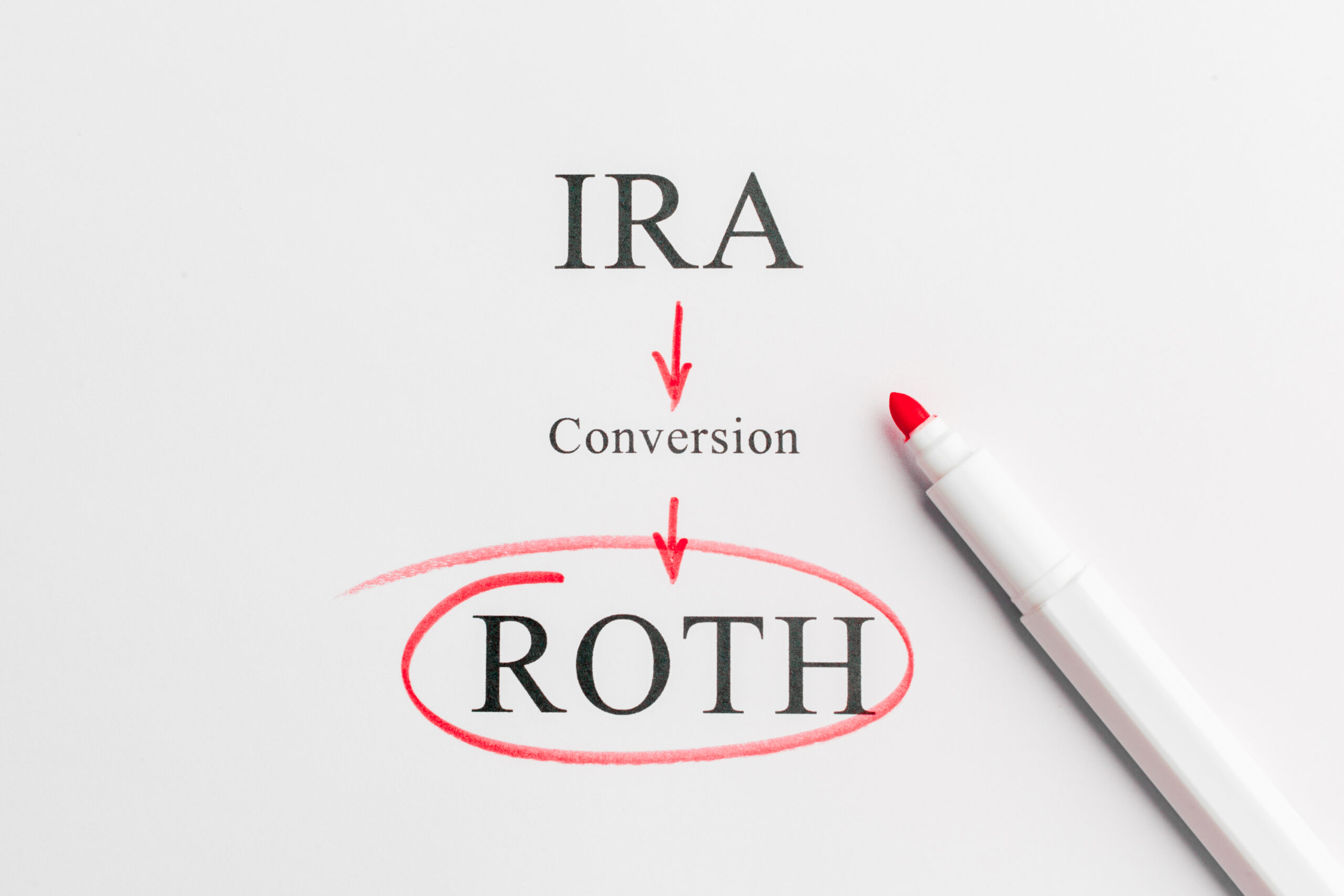Any good traveler knows that a journey, at its most basic, is defined by two things: a starting point and at least one destination. Both are going to impact the route you will take. If you ask Google Maps how to get to downtown Dallas, it needs to know where you’re coming from and where exactly you want to go in order to give you the best route to get there.
The same is true when it comes to planning for retirement. Your starting point is where you are now, and your destination is your retirement goal. Here’s our first principle of planning for retirement like a pro:
Establish realistic goals and a plan of action.
This process is two-fold, so let’s look at each part closely.
Establish Realistic Goals
Everyone has different plans for retirement. While you may have one or two similar goals as someone else, if you listed out what you want your retirement to look like, it may not even be exactly like your own spouse. It helps if you both list out your goals separately to focus on your own personal destination before trying to combine and prioritize joint goals. We’re just establishing your map right now, so try not to worry about the plan you need to get there.
Here are some specific goals to spark your thinking:
- Live near your grandkids
- Buy an RV and take a road trip every year
- Write a book
- Pay for your grandchildren’s college expenses
- Take up wood carving
- Start a business
- Watch every movie Harrison Ford ever made
You probably already have a list in your head, Retirement goals come in all shapes and sizes, but they all share one thing in common: to reach them, you’re going to need a plan. True, some of those are more complicated than others, but they all need a plan to know whether you are on or off track, and when you have arrived.
After you know your goals, you’ll want to make sure you’ve thought about the three core areas to consider when you plan for retirement: where you’ll live, big events, and charitable giving. These are your essentials.
Do you want to stay in your house or move to the beach? Which big events are non-negotiable to you? Any repetitive big expenses (like that annual road trip)? Are you planning on giving your children or grandchildren (or other loved ones or charities) financial assistance or gifts of any kind?
The next step is to look at where you are right now. A full, 360 degree view of your current financial situation will allow you to plot your current location on your retirement map.
Once you’ve established where you are right now and thought through where you want to be when you retire, you’ve created your retirement map. The next step is to make your retirement plan.
Establish a Plan of Action
It has been said, “A dream without a plan is just a wish.” A plan of action sets a path to take your goals from wish to reality.
Putting a retirement plan together might seem like an intimidating prospect. But once you’ve already established your starting and ending point, we can help you plan the route. For instance, if your Wealth Perspective reveals that you are an Entrepreneur, your plan might look something like this:
Goal: Turn your hobby into a new business
Step 1: Research the current market and competition
Step 2: Write a business plan
Step 3: Determine start up and operational costs
Step 4: Establish a saving/investing plan to be ready for when you retire
Of course, not everyone is looking forward to retirement to keep working, but regardless of your retirement goals, you’ll want to make sure you’ve created an action plan for getting there.
Retirement holds a lot of different possibilities. Reaching your retirement goals, has a lot more to do with sustaining your goals over an unknown number of years.
Next time, we’ll talk about how your life expectancy should inform your plan.
{{cta(‘2f63a7d4-d45f-4595-a2e6-6e9ce1abda5f’)}}






